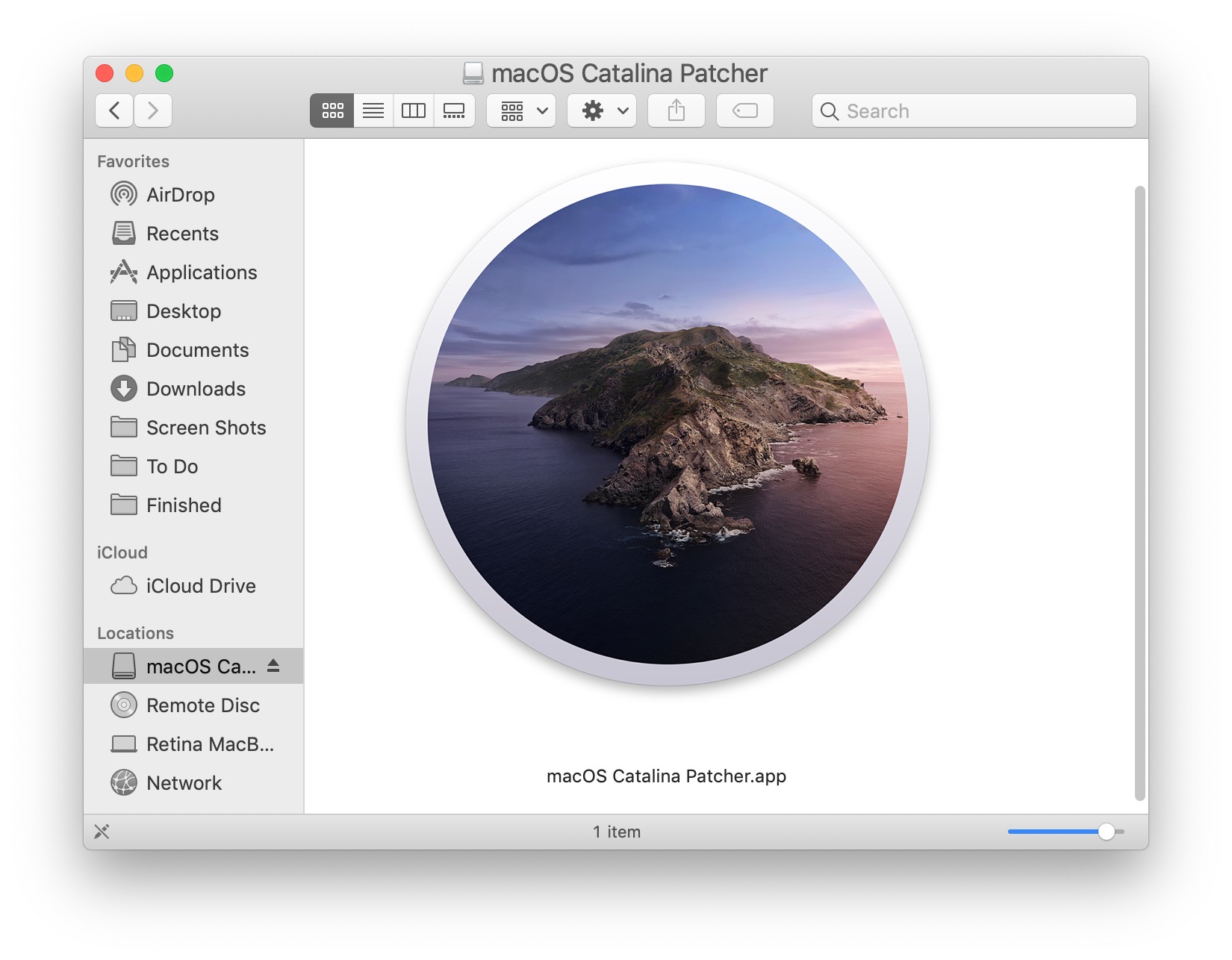Updates
Nov 16, 2020 Macbook Pro Late 2011 2.2 GHz Intel Core i7 4GB 1333MHz DDR3 Intel HD Graphics 3000 AMD Radeon HD 6750M 240GB Kingston SSD Hello. With support for High Sierra ending soon, I'm thinking of upgrading to macOS Mojave using dosdude1's Mojave Patcher Tool for Unsupported Macs. Download Mojave Macbook Pro 2011 Charger; Macbook Pro Refresh; Check compatibility. If it’s a white MacBook you can hack Mountain Lion and maybe even later with the OS X Hackers tools (which I’ve never used.) If it’s an aluminum 2008 MacBook, it is compatible with the Mojave patcher. Eventually a message 'Are you sure you want to download.
Important Notes:
- Using APFS is REQUIRED in Mojave in order to receive system updates via the normal Software Update method. If you choose to continue using macOS Extended (Journaled) as your filesystem type, you will NOT receive System Updates via System Preferences. If you are not using APFS, you can follow the 10.14.1 installation steps below.
- After applying ANY system update via Software Update, re-applying post-install patches using your Mojave Patcher installer volume will most likely be necessary. If you install a software update and the system fails to boot afterwards, this is what needs to be done.
10.14.6
10.14.6 can be updated normally via Software Update if using an APFS volume, and will need to be patched using an installer volume created with Mojave Patcher version 1.3.2 or later after installing.

10.14.5
Mail merge toolkit full version free download. 10.14.5 can be updated normally via Software Update if using an APFS volume, and will need to be patched using an installer volume created with Mojave Patcher version 1.3.1 or later after installing.
10.14.4

10.14.4 adds new changes that ARE NOT patchable by the post-install tool of Mojave Patcher v1.2.3 and older! Before updating to 10.14.4, you you will need to use the latest Mojave Patcher version to create a new installer volume, using the 10.14.4 installer app. Then, update to 10.14.4, either by installing via Software Update, or by just using the installer volume you've created to install.
10.14.3

If you are currently running 10.14.1 or 10.14.2, you can simply use the Software Update pane of System Preferences (if using APFS) to apply the 10.14.3 update. Once the update is installed, you will most likely need to re-apply post-install patches to get the system to boot again. This process is detailed in steps 8 - 10 above. If you are currently running 10.14.0, you'll need to proceed with the 10.14.1 update method described below.

10.14.2
If you are currently running 10.14.1, you can simply use the Software Update pane of System Preferences (if using APFS) to apply the 10.14.2 update. Once the update is installed, you will most likely need to re-apply post-install patches to get the system to boot again. This process is detailed in steps 8 - 10 above. If you are currently running 10.14.0, or are using a non-AFPS volume, you'll need to proceed with the 10.14.1 update method described below.
10.14.1/macOS Extended (Journaled) volumes
The Mojave 10.14.1 update does NOT install properly on unsupported machines, and could result in an unbootable OS. If you want to install the 10.14.1 update (and are not currently running 10.14.1), perform the following steps:
• Download the latest version of Mojave Patcher
• Download the installer using the Tools menu of Mojave Patcher
• Create a patched USB installer
• Boot from that, and install 10.14.1 onto the volume containing an older release.
• Once done, apply the post-install patches, and you should now be on 10.14.1.
Macbook Pro 2011 Mojave Patcher Free
Macbook Pro 2011 Mojave Patcher Free
OBS 26.0.2
Macbook Pro Late 2011
2.2 GHz Intel Core i7
4GB 1333MHz DDR3
Intel HD Graphics 3000
AMD Radeon HD 6750M
240GB Kingston SSD
Hello. With support for High Sierra ending soon, I'm thinking of upgrading to macOS Mojave using dosdude1's Mojave Patcher Tool for Unsupported Macs. My question is it worth the upgrade in terms of performance when livestreaming using OBS? I'll have to disable the AMD GPU 'cause of the transition to Apple's Metal graphics API. Does anyone know if OBS's performance under Metal is worse or not, especially on older hardware? Although, OBS performs okay on High Sierra, it has some issues like encoding overload when bitrate is too high (3000+ kbps @720p) or I can't use any slower preset than Very Fast. I'm hoping Mojave has better performance with OBS. Any advice is appreciated.